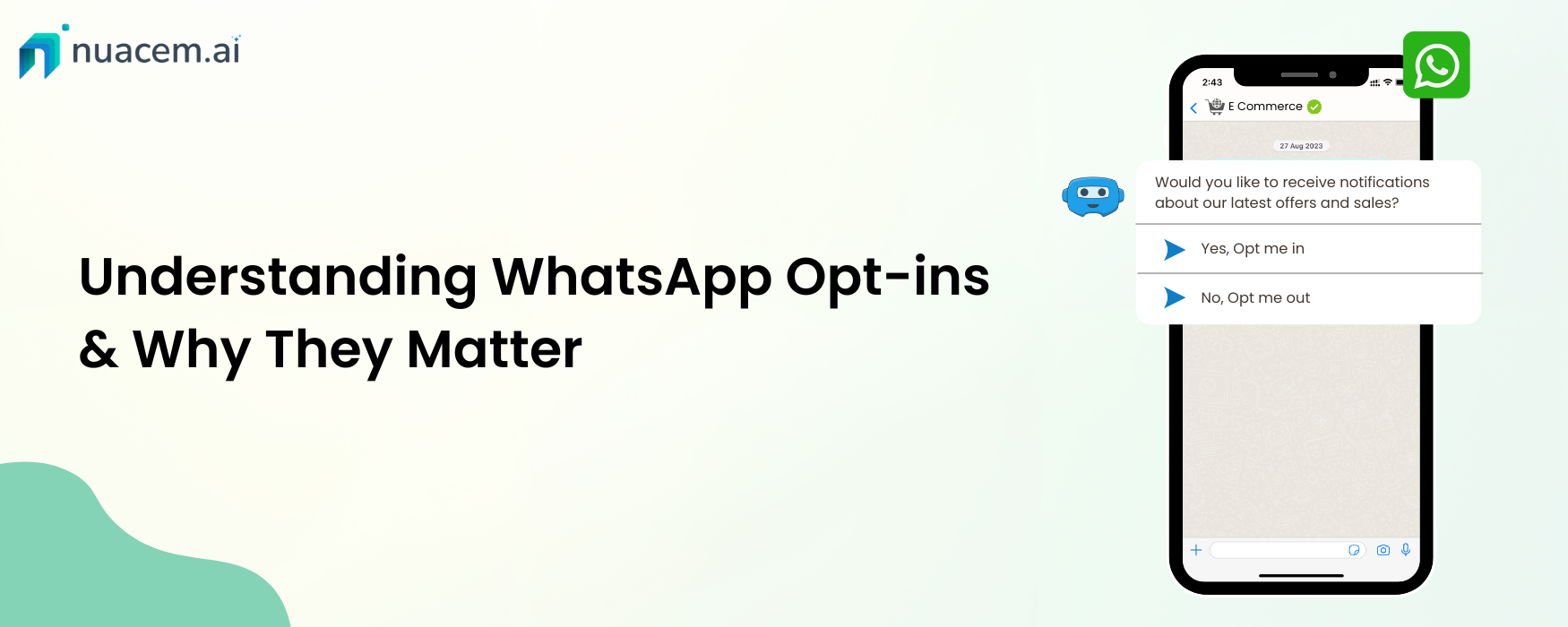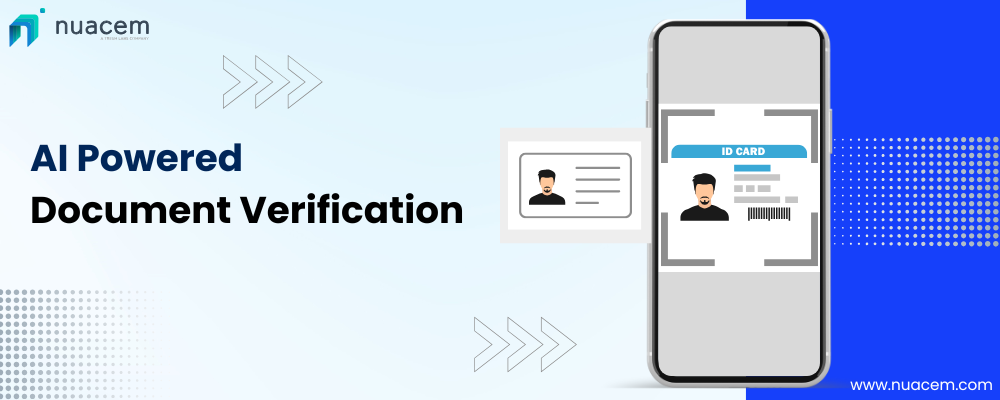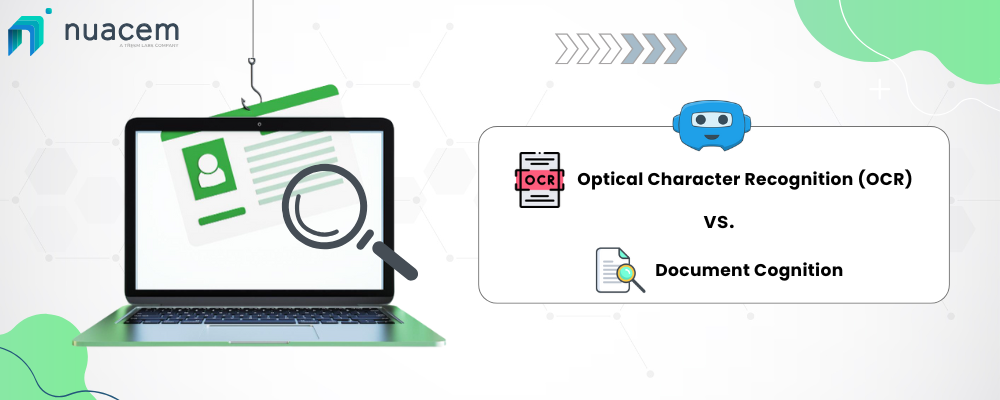In today’s digital age, businesses constantly seek innovative ways to enhance customer experiences. One such advancement is the integration of conversational IVR (Interactive Voice Response) systems, revolutionizing how customers interact with automated phone systems. In this article, we will explore the key differences between conversational IVR and standard IVR, highlighting the benefits and potential applications of conversational IVR in delivering exceptional customer service.
What is IVR?
The Emergence of Conversational IVR:
Conversational IVR takes the concept of IVR to the next level by leveraging artificial intelligence (AI) and natural language processing (NLP) technologies. This advancement allows customers to engage in more realistic and interactive conversations with the IVR system, replicating the experience of speaking with a human agent.
It’s an improvement over standard IVR, which involves answering prompts from automated systems and transferring control between operators and machines using Conversational IVR for Contact Center.
It offers callers a more personalized experience.
Conversational IVR offers callers a more personalized experience as it helps in Customer Service Automation. Callers can ask questions, get answers, ask for directions, and be routed to the right person. They can even be directed to the correct department. The goal is to ensure you can answer any questions without having them wait on hold forever and install Contact Center Automation.
It can handle complex questions from callers.
- Conversational IVR can handle complex questions.
- Conversational IVR can handle multiple questions.
- Conversational IVR can handle complex requests and tasks.
A conversational IVR system can provide immediate solutions in most cases.
AI-powered conversational IVR systems can provide immediate solutions in most cases. It can handle complex questions from callers who may have multiple questions at a time, handle many requests, reduce the number of misrouted calls, and help your organization meet customer expectations. The result is an improved customer experience and higher retention rates for sales teams!
By contrast, standard IVR systems require a lot of manual intervention before they issue an automated response—which means that you’ll need more staff members on hand just to answer those initial questions. And if someone does ask for something specific (say, “I’d like my order”), then there could be delays while someone else checks what needs doing and then follows up with them later on down the line (or even after hours).
It can handle many requests, reducing the number of misrouted calls associated with standard IVR
Conversational IVR can handle more requests than standard IVR. Standard IVR systems are designed to handle only one call at a time, which makes it challenging to manage large volumes of requests. This can cause misrouted calls, delays in service and other problems that are not easily solved by traditional technology. However, AI-powered IVR systems can process multiple calls simultaneously and provide better customer service because they can handle complex situations better than standard systems.
Conversational IVR eliminates the wait time associated with standard IVR systems.
Conversational IVR differs from standard IVR because it is an intelligent IVR solution that handles multiple requests simultaneously. Traditional IVR systems allow for only one call per person at a time and may even require that you wait on hold until your appointment is called. You can call the same agent with conversational IVR while another caller waits. This means that you won’t be stuck listening to music or watching videos to complete your request—you can talk with whoever is available and get through it quickly!
Conversational IVRs also feature personalized greetings based on what information about yourself has been entered into the system by other users (such as first and last names). Because of this level of personalization, conversational agents can understand customers better than traditional ones because they’ve learned more about their needs over time through repeat interactions with them (or even just interactions with other customers).
Conversational IVR is better than traditional IVR because it doesn't require callers to listen to extended options and transfer back and forth between operators and machines.
Conversational IVR is better than traditional IVR because it doesn’t require callers to listen to extended options and transfer back and forth between operators and machines.
When you talk with a customer service representative on the phone, they can ask questions about your order or request information about their order. For example, if there’s an error in your order, the representative can tell you which item was missing from your purchase. However, with conversational IVR systems like these, this process becomes much more accessible—the agent simply listens as you speak and responds accordingly!
Wrapping up
The future of IVR is conversational. It offers callers Conversational, interactive voice responses – a more personalized experience, improving customer satisfaction and loyalty. It’s easier on the operators because they don’t have to listen to extended options and transfers between operators and machines. It’s more efficient because it eliminates misrouted calls associated with standard IVR systems using advanced voice recognition.






